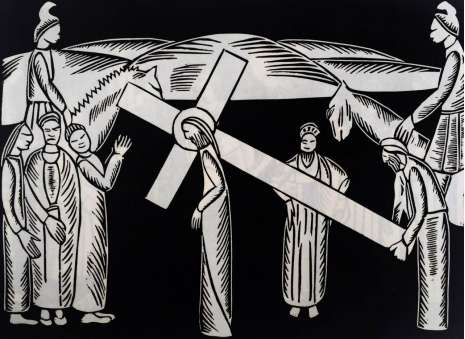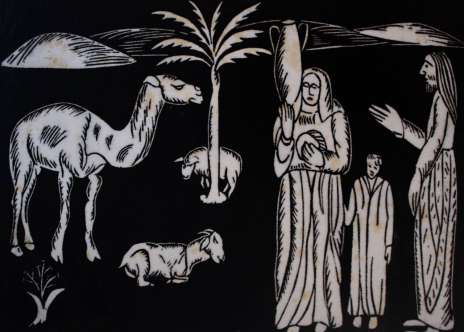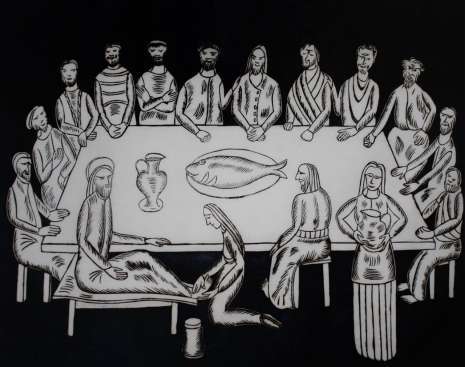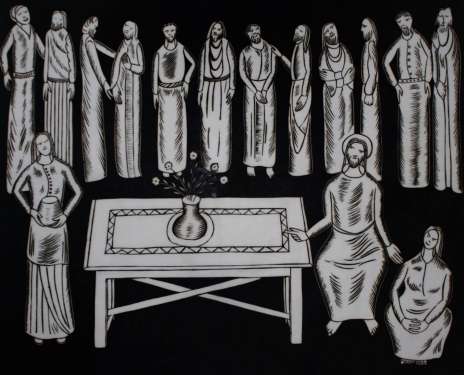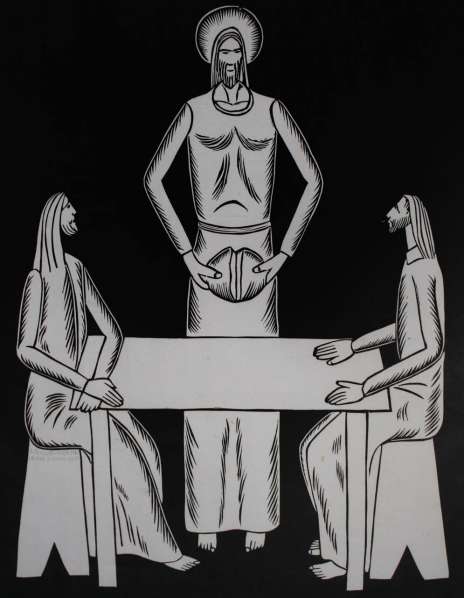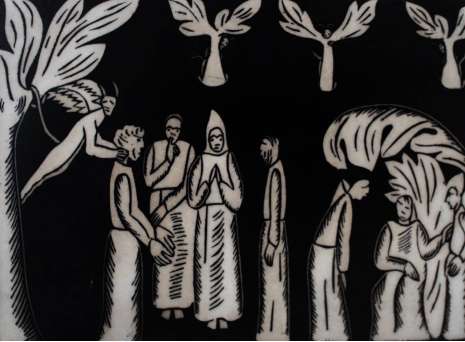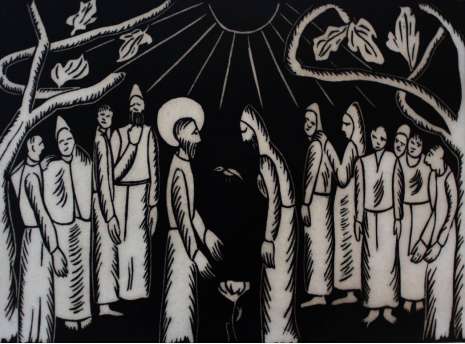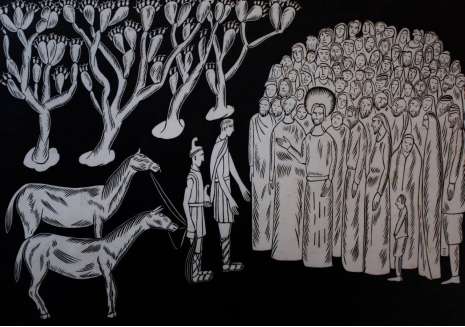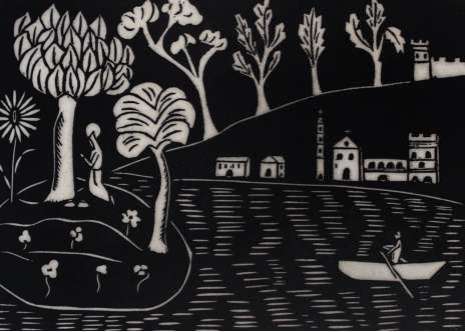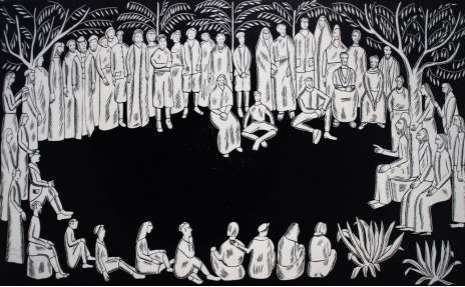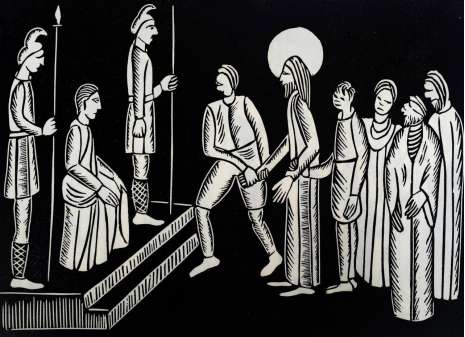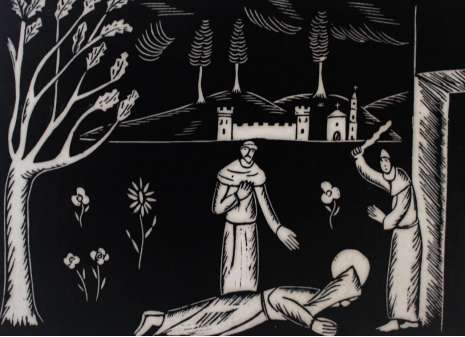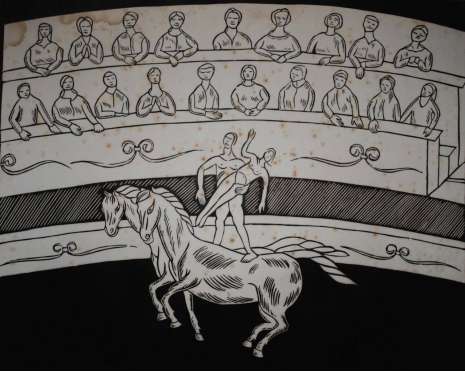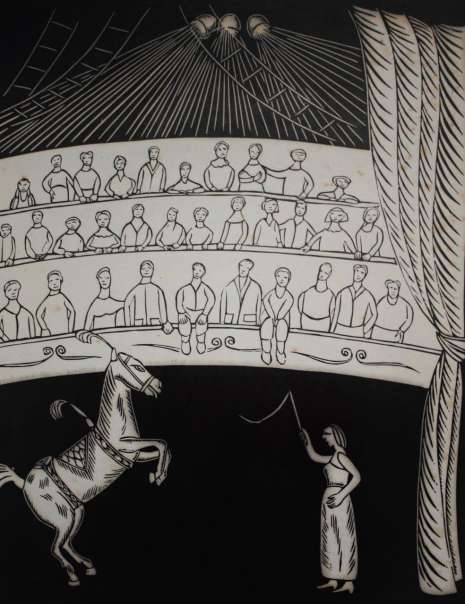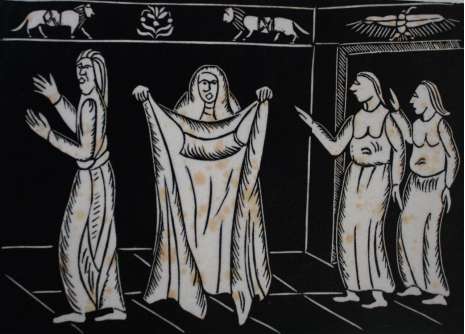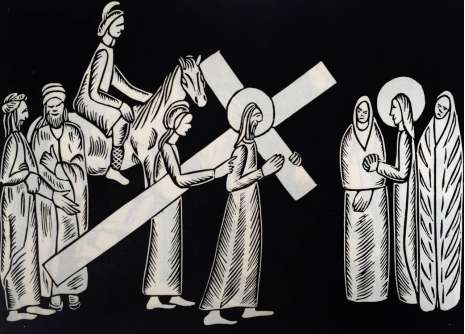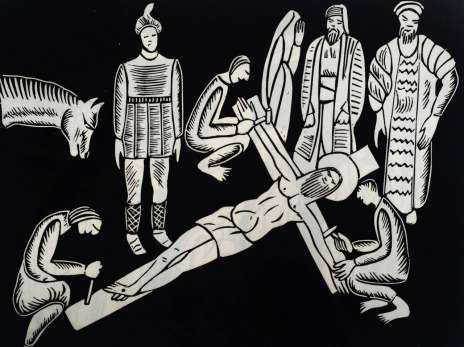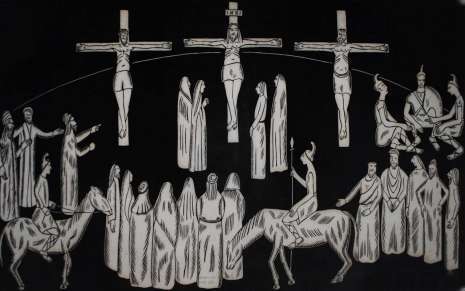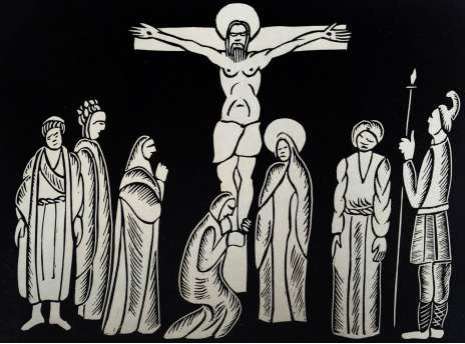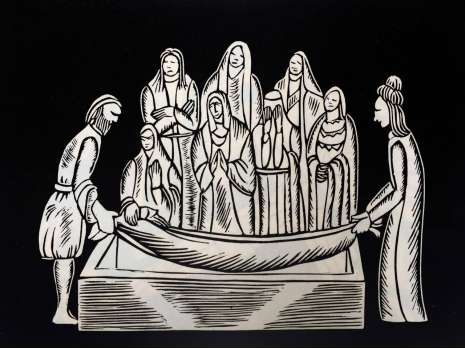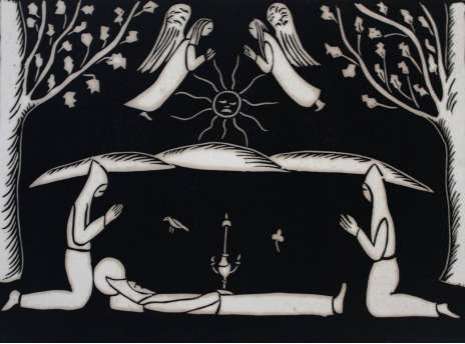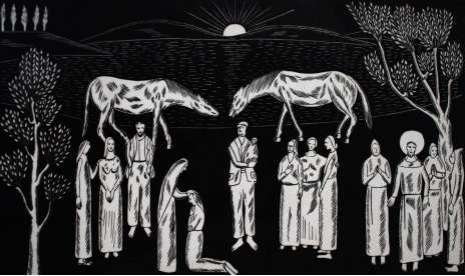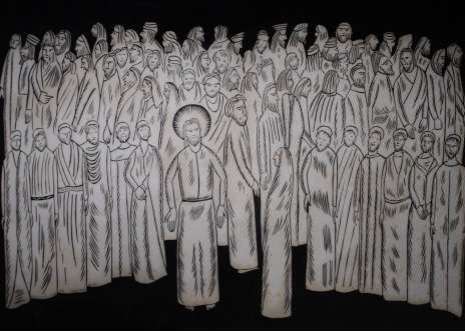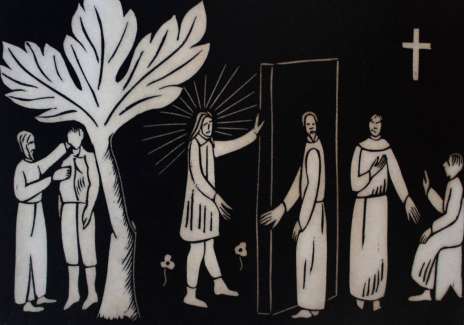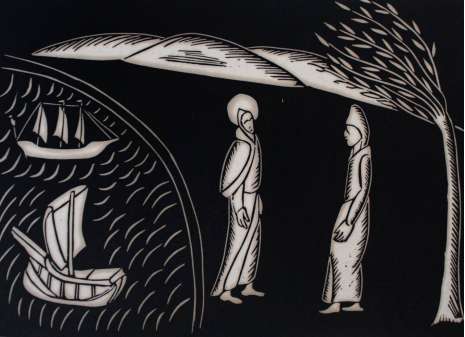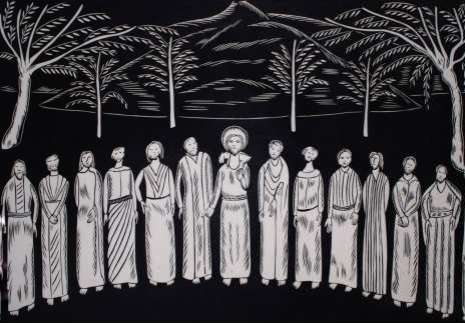Stations of the Cross (november 2015 / february 2017).
Catalogue of musical kenningar, shaped starting from a collection of concrete sounds, as a comment to the last scenes of the life of Jesus. For someone like me who grew up in Southern Italy, the Gospels represent a huge fairy tale with vivid, indisputable, archetypical, unanimous and eternal scenes, demanding to be admired exclusively because of their plastic beauty, rather than for their religious meaning. Since any (religious) sense is suspended, the sound is able to perfectly play its ideal role and became "scandal" as well as an attempt of palingenesis and regeneration of the reality, through the juxtaposition of heterogeneous concrete materials and the creation of musical metaphors (kenningar). This way the Gospels become the opportunity for an overly refined aesthetic play rather than a tool of enlightenment – nevertheless it was been simply impossible to ignore the spiritual contents of this work, and each musical episode ended up being necessarily influenced by the words of the text.
If the musical kenningar are the fixed and immutable figures that, while still and solemn, adorn each individual scene of the Stations of the Cross, the violin is the protagonist of the authentic compositional flow, and in charge of weaving a durchkomponiert musical plot.
Indeed, the work can be considered a concert for solo violin and electroacoustic score. New sounds discovered after new researches on the ratio between portions of the string, touching point of the bow, pressure of the fingers on the string, oscillations produced by the contact of several types of materials with the string, considerably widen – and lengthen – the violin score compared to the previous works.
Around the kenningar and the threnody of the violin, for the whole length of the piece a liquid and polychromous curtain is raised: dark, dense and stone-cold at the beginning, it becomes more and more rarefied and luminous – a sonorous condensation of the vapours of a receptacle that has ingurgitated rusted gates, brakes of trains, metal jetties together with airplane and car engines.
All the images illustrating the cycle of the Stations of the Cross are works by the artist Aniellantonio Mascolo (Isle of Ischia, Italy, 1903 - 1979) and belong to the Massimo Ielasi Collection.
My personal thanks to:
Massimo Ielasi, for his readiness to share his inestimable collection and for his precious help;
the organist Gianfranco Manfra for having accompanied me in some parts of the opera;
Marco Cortese, for the beautiful pictures of the works of Aniellantonio Mascolo;
Laurentiu Ciolan, Max Rankenburg, David Brendel, Svetlana Lynyuk, Eugenio from the Club Epomeo in Sella - Ischia -, Franco and Luigi from the Laboratory Mattera - Ischia -, Juliana De Angelis, Nunzia Mattera, Emanuele Iacono, Carmine Ungaro, the Security of the Capodichino Airport in Naples,
for having assisted and helped me during the recording of the concrete sounds that compose the Stations of the Cross.
